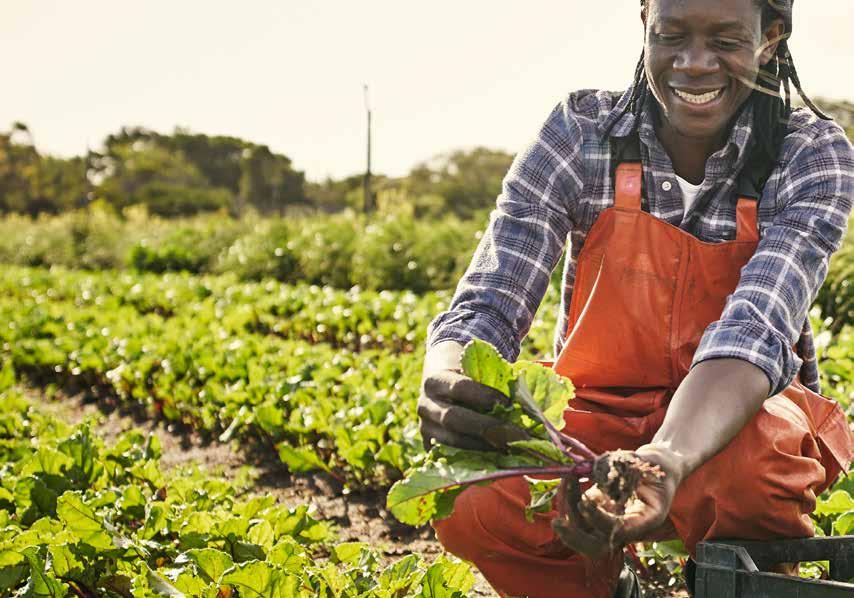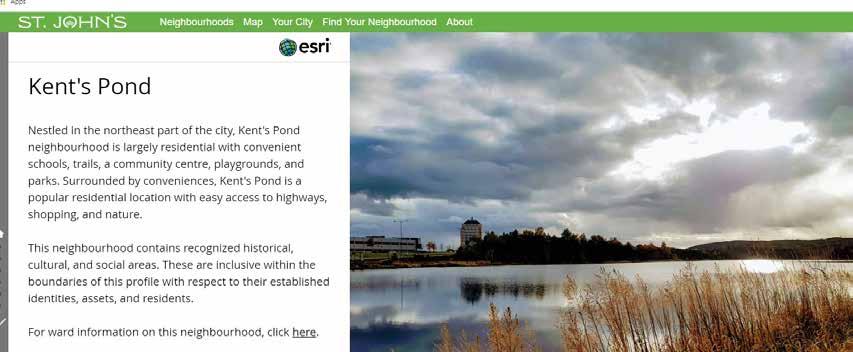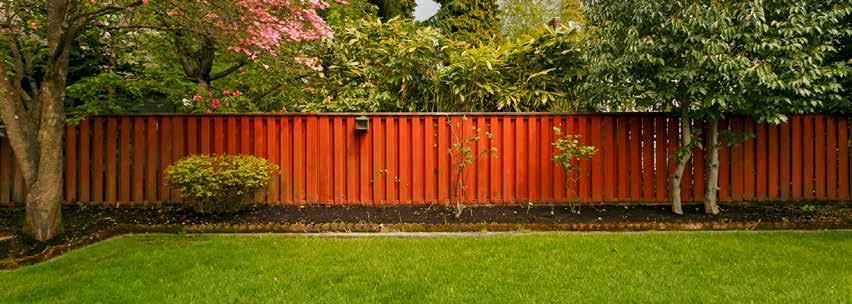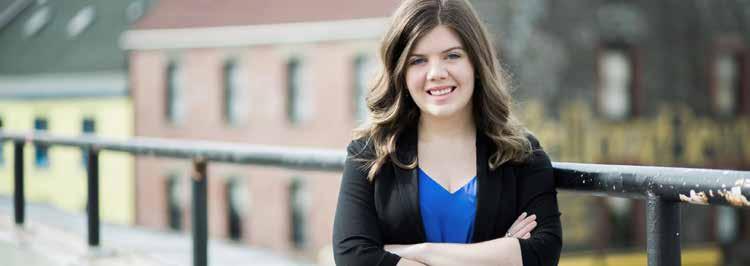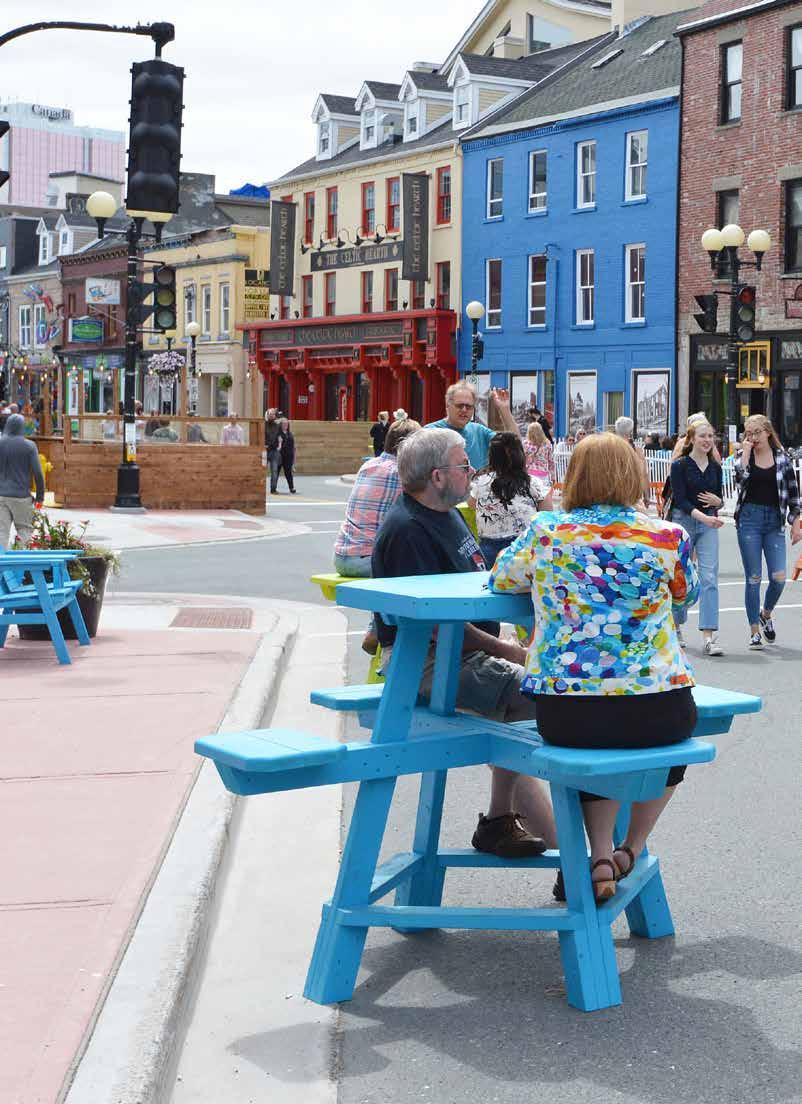Old Trees of St. John’s By Brian Mercer Municipal Arborist, City of St. John’s Geographically, St. John’s is a large city of over 440 km2 with a sizeable portion of this area dominated by native forest including many trees. However, within the more densely populated parts of the city there are many areas where the presence of trees is sparse. A tree inventory completed by the City in 2005 identified 53,335 trees in parks & open spaces, including those near City streets, with the three most common trees being: • sycamore maple: 14,412 • Norway maple: 9,561 • white spruce: 2,909 Many of the big, old and interesting trees in St. John’s are found on the properties of older homes and likely date back to when the homes were constructed. The species chosen whether sycamore maple, Norway
4
CITY GUIDE | FALL 2020
maple, horse chestnut, english oak, elm or beech are all species that were introduced to the province and likely selected by property owners as reminders of their homelands. Without knowing when a tree was planted, its age can be tough to predict. Urban foresters often categorize trees into groups based on size or level of maturity, but these attributes do not always accurately reflect a tree’s age. One way to determine tree age is by boring into the stem, taking a core sample and counting annual growth rings. While the impact of this is minimal, it does create an entry point for disease and decay and is therefore generally discouraged. Urban trees provide many benefits such as storm water mitigation, blocking wind, providing shade and mitigating the impacts of climate change. In general, the bigger the tree the greater the benefits. As our city continues to grow we need to ensure that so do our trees.

